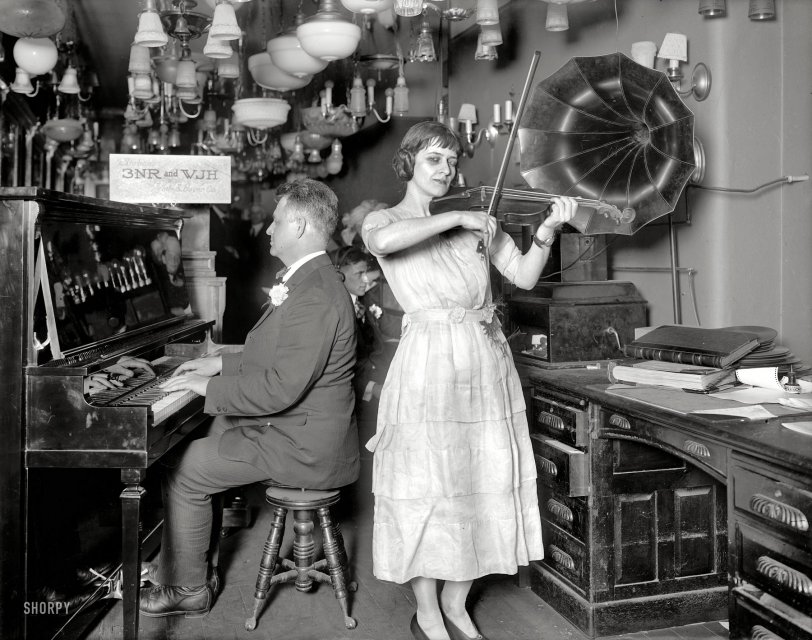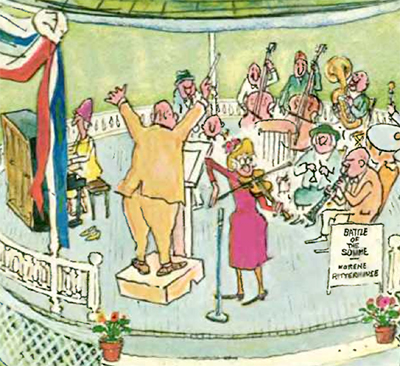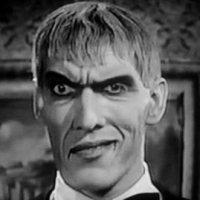


Framed or unframed, desk size to sofa size, printed by us in Arizona and Alabama since 2007. Explore now.
Shorpy is funded by you. Patreon contributors get an ad-free experience.
Learn more.

- Illuminate us
- I remember it well
- I can't prove it
- Complicated then, forgotten now
- Bryan-Stevenson
- Skinny is as skinny does
- How do you rest in peace
- Riding the footboards
- Alas, hidden from view
- Baldwin Diesels
- Exclusive pump
- Bananas, Oysters and Smokey Joe
- Details, Details
- What's that building to the left of the tower?
- Coal Barges
- Bromo-Seltzer
- Inner harbor
- The Basin
- What a headache!
- Giant stepladder?
- Yeah, it was cold
- Love those coats
- Link & Pin Days Remnant
- Baldwin 62303
- Baldwin VO-1000
- Cold
- No expense spared
- Tough Guys
- What's your hurry, where's your hat?
- Sheriff's Signature
Print Emporium
Simulcast: 1922

Washington, D.C., circa 1922. "McHugh & Lawson." The name of a music store selling pianos, radio sets, phonographs and, it seems, light fixtures. National Photo Company Collection glass negative. View full size.
and what about the vegetation
..tucked into her belt?
Helped her to "keep thyme"?
The Victrola horn is being used to gather the sound for the radio broadcast. Note the wires leading from it.
How do I prize Thee''
Those common appliances would be 'Lowbrow trash' by the thirties, only to become exquisite antiques of today. The light fixtures alone are worth six figures.
A Radiola Record
I found a recording of "Kiss Me By Wireless." No words, and I could only somewhat follow along, but it was still fun to hear.
Violence And The Violin
The fellow wearing the headset appears to have a bandage on his nose making me think the piano player belted him too.
"Kiss Me by Wireless"
I found the lyrics and the cover of the sheet music to "Kiss Me by Wireless," which is the last song in the 10:30-11:30 hour on Woodward & Lothrop's station. Change the below to "cell tower" and there you are.
There's a wireless station down in my heart,
And it calls in my dreams all night long;
It is operating just for you and me,
And it's spanning the hills and the sea.
Your message I love the best,
The call to happiness.
Chorus
Send each caress to me by wireless,
Its tenderness you can to me express;
I love to call you dear,
Across the atmosphere.
I hear your voice,
It thrills me through and through.
My lonely heart sighs for you, just for you!
Oh, radio-phone the answer "Yes!"
Kiss me by wireless.
There's a pulsating current,
Runs 'round my heart,
It's attuned with your own sweetheart mine;
Though you're far away,
We're never apart
For the radio station's my heart.
So on the air impress,
Our new found happiness.
(repeat chorus)
Hey Princess Leia
The force was a little too strong with you, no?
Needed: Lemon Pledge
Another photo showing how our grandparents and great-grandparents lived in dirty and dusty places. Couldn't anyone see the thick dust settled everywhere? The floor needs sweeping and wax. Grimy fingerprints on the piano...tsk, tsk, tsk.
I guess everyone was waiting for 1935 when Johnson's Wax would become the radio sponsors of Fibber McGee and Molly and America learned to clean and wax!
Mrs. Ritterhouse!
Or, more likely, her mom. There does seem to be a strong family resemblance between 3NR's soloist and George Booth's irrepressible Norene Ritterhouse, seen here in a detail from her July 7, 1980 New Yorker cover, performing "The Battle of the Somme."

I think it's makeup
And probably applied by the same hands which selected the dainty wristwatch. Some have a "look" that best befits radio.
Casualty
It looks like the dear woman might have been the victim of "violins in the workplace"!
Arc, Spark, Radiophone
Washington, D.C., "Amateur Radio News" from 1926, and a schedule from 1922. Note that the Post Office had its own station. (3:30 p.m. -- "General fruit and vegetables.") Interesting to see how amateur call letters were the 1920s version of screen names ("3NR took a trip to Baltimore").
"Radiophone" would be audio broadcasts, which in 1922 would be heard mostly with headsets. The other broadcasts would, I am guessing, be the original "wireless," i.e. telegraphy.

Half dozen
I count six in the photo: two musicians, one technician, the lady with the hat and two men in the background.
3-NR
According to the March 10, 1922 "U.S. Broadcast Station List" (Radio Service Bulletin 59), White & Boyer Co. owned WJH, with "authorization to transmit on the 'Entertainment' wavelength of 360 meters (833 kilohertz)."
It also owned amateur station 3NR ("Amateur Radio Stations of the U.S.," Dept. of Commerce, Radio Division). One can only wonder how the stunning virtuosa came by the apparent shiner. Are they playing Rachmaninoff's Vocalise, or something by Gid Tanner and the Skillet Lickers?
Equipment
I love the pickup horn. The radio engineer in the back does his duty, intently.
Pity the violinist's eyes!
Ghost of Schubert
I suppose Princess Leia's kiss of death face stems from blinking during exposure?
Took me a while to find the pretty lady with the turban (?) reflected in the piano. Maybe she should have posed with the fiddle.
Makeup
I'm wondering if she was going for a really interesting bohemian look. Because if she was, she succeeded.
Who hit her?
Did the pianist give her that shiner? "E-flat. E-flat, I tell you!"
Broadcast to You Live
From our spacious showroom.
Another marvelous look back. Stations 3NR and WJH? More proof that you've gotta 'full size' these wonderful photos or you'll never come close to full appreciation of the secrets they hold.
Ba dum dum
With such a small store they must have a small overhead, which is ironic because there's so much over their heads.
Shiner
I have a friend living on the Upper West Side in an apartment above a professional harpist. Her practicing is totally annoying, not only the harp music but the vibrations. I have to show him this picture in order for him to understand that violence doesn't work, in this case she's still playing her violin.
Can you see me?
Second lady has a hat and makes four in the photo. Be still and don't blink.
WJH
Chronology of call letters WJH
Date: April 1, 1922-June 30, 1923
Frequency:
833 khz (April 1, 1922-June 30,1922)
1140 khz (June 30, 1923)
Location:
Washington, District of Columbia
Owner of license:
White & Boyer Company
In those days the letters 3NR could be Amateur Radio, or perhaps experimental. Wonder how the violin lady got that shiner? Or was 3NR TV and she was painted up to look good?
Full-Contact Violin
And our lesson today is not to use too much rosin on your bow as this may lead to eye-injury.
McHugh & Lawson
The store was at 917 G Street in DC. It's now the site of the MLK Memorial Library.
Live broadcast
The sign above the piano, and the gent in the background (who is evidently adjusting some equipement with his right hand), make me think this duo is being broadcast live on radio station WJH.
The first broadcast station authorized in the Washington DC area was WJH, the White & Boyer Company, on December 8, 1921, so this would have been a very early broadcast.
And bare knuckle boxing in the back
Dig the shiner on Miss Fiddle Player
You rang?
I'm sorry to have to say this, but that worman looks like "Lurch" on the Addams Family.

That'll teach you!
Someone gave the poor violinist a black eye - did she hit a sour note?
























On Shorpy:
Today’s Top 5